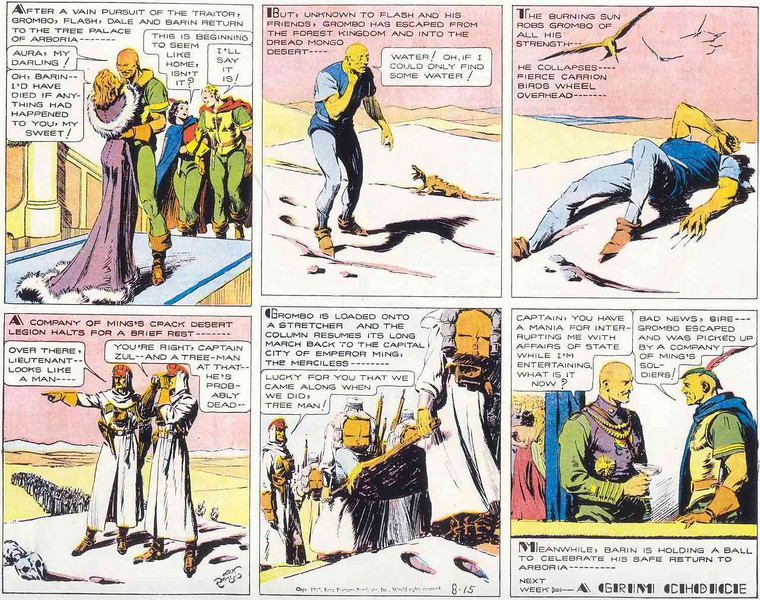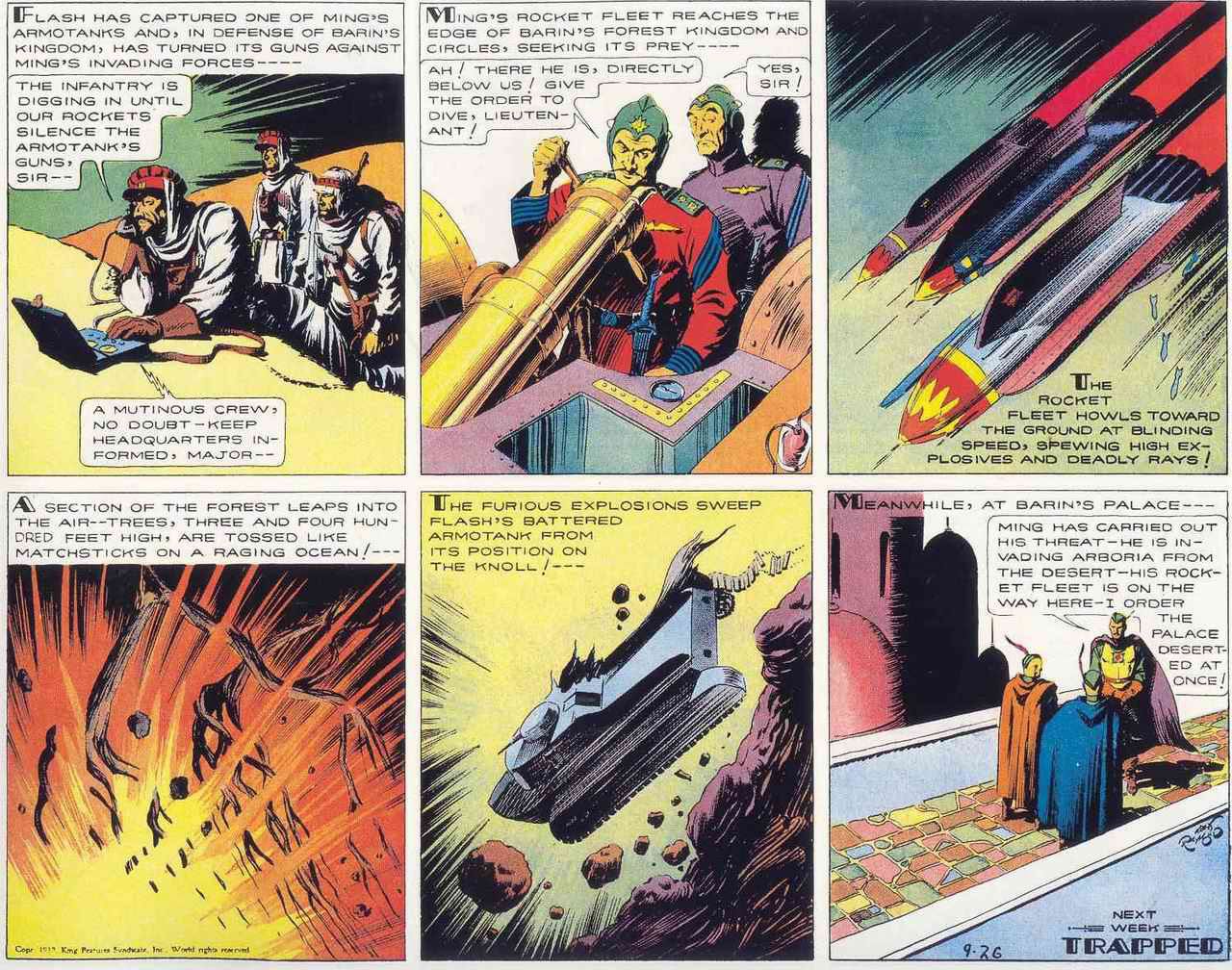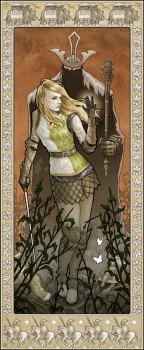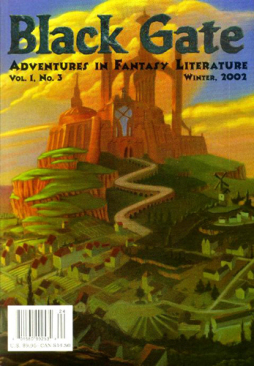Greer Gilman and Cloud & Ashes
 I recently finished reading Greer Gilman’s second novel, 2009’s Cloud & Ashes. I’ve never come across Gilman’s first book, Moonwise, but I’m now looking forward to tracking it down.
I recently finished reading Greer Gilman’s second novel, 2009’s Cloud & Ashes. I’ve never come across Gilman’s first book, Moonwise, but I’m now looking forward to tracking it down.
Cloud & Ashes is a complex, powerful work. It repays careful attention, attentiveness to patterns of imagery, and readiness to work out unknown words from context (this is less a book to read alongside an open dictionary than alongside an open internet connection, which can find obscure, archaic, and dialect words). It demands rereading, and I won’t claim to understand all of it. But I think I can say a few things with confidence — to start with, that it’s a stunning, compelling work of language, and that the apparent occasional difficulty of the text is not only necessary but part of the novel’s overall effect.
In a world much like our own, in a time and place that resembles Scotland or northern England around 1600 in its culture and language use, a generational story of mothers and daughters is played out which derives from and intersects with the seasonal myths of the land. Witches are a real and powerful presence. Companies of guisers travel about, presenting dramas of archetypal powers. And at crucial points of the year, as summer goes out or comes in, everyone takes part in rituals of death and rebirth; a woman must play the part of Ashes each winter, in order to bring in a new spring.

 Further news on the plight of the physical bookstore front. Berkeley’s
Further news on the plight of the physical bookstore front. Berkeley’s 





 Update: Right as I was posting this review, I received the official news that
Update: Right as I was posting this review, I received the official news that  Before continuing the series of posts on Romanticism that I talked about last week, I’d like to write about a couple of subjects I’ve had on my mind for a while. First up is Q.D. Leavis, and her book Fiction and the Reading Public.
Before continuing the series of posts on Romanticism that I talked about last week, I’d like to write about a couple of subjects I’ve had on my mind for a while. First up is Q.D. Leavis, and her book Fiction and the Reading Public.